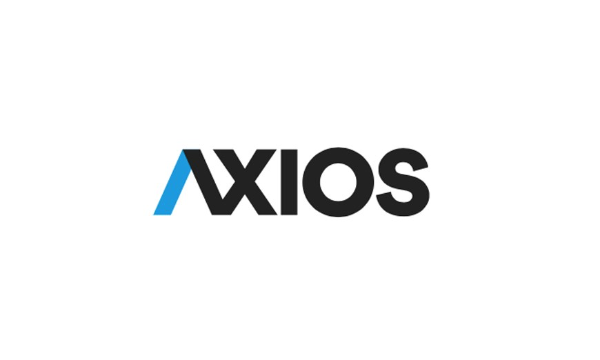Supermarkets use sales and promotions as their primary tool to attract customers and drive sales. While all sales aim to increase purchasing, certain types are psychologically more powerful than others. They don’t just clear inventory; they actively create a heightened sense of demand and urgency that can significantly alter consumer behavior. These promotions tap into our fear of missing out (FOMO), our love for a bargain, and our competitive instincts. Understanding the psychology behind these highly effective sales helps explain why they are so popular with retailers. Here are five types of supermarket sales that are exceptionally good at driving up demand.

1. “Buy One, Get One Free” (BOGO) Deals
The BOGO sale is a classic for a reason. The word “free” is one of the most powerful motivators in marketing. The prospect of getting a whole second item for free feels like an unbeatable value. This often compels shoppers to buy the item even if they only needed one, or if it wasn’t on their list at all. It effectively doubles the sales volume for that product. BOGO deals can also encourage shoppers to try a new brand or flavor they otherwise wouldn’t have, just to get the free item. The perceived value often overrides normal purchasing logic.
2. Limited-Time “Flash Sales” on Desirable Items
Flash sales, which offer a deep discount for a very short period (e.g., “4-Hour Sale!” or “Weekend Special”), create immense urgency. These promotions target high-demand or seasonal items. The strict time limit triggers FOMO, pressuring consumers to buy now before the opportunity disappears forever. This tactic is especially effective for items that people want but might have been hesitant to purchase at full price. The limited window short-circuits lengthy decision-making, leading to impulse purchases and a rapid spike in demand for the promoted product.
3. “Stock Up and Save” or Tiered Promotions
Promotions like “Buy 4 for $10” or “Save $5 when you spend $20 on Brand X products” are designed to increase the number of units purchased per customer. Even if the per-unit price isn’t dramatically lower than a regular sale, the tiered structure encourages shoppers to buy in larger quantities to “unlock” the advertised savings. This is highly effective for pantry staples like canned goods, pasta, or soda. It successfully drives up demand by shifting the focus from buying one item to buying multiple.
4. “Loss Leader” Doorbuster Deals
A “loss leader” is an item sold at or below the store’s cost to attract customers into the store. These are often front-page flyer deals, like a very cheap price on a gallon of milk, a pound of ground beef, or a popular soda brand. The store may lose money on that specific item, but they bank on the fact that once customers are in the store for the doorbuster deal, they will purchase many other regular-priced, higher-margin items during their trip. This tactic successfully drives overall store traffic and total basket size.
5. Loyalty Program “Member-Exclusive” Pricing

Offering special, lower prices only to members of a free loyalty program creates a sense of exclusivity and rewards. It encourages shoppers to sign up and consistently use their loyalty card. This not only drives demand for the sale items themselves but also fosters long-term customer loyalty and provides the store with valuable purchasing data. The “member-only” aspect makes the deal feel more special and can drive sales from customers who want to feel like they are getting an exclusive benefit for their continued patronage.
The Psychology of a “Good Deal”
Supermarket sales are a carefully calibrated science. Promotions like BOGO deals, flash sales, tiered offers, loss leaders, and member-exclusive pricing are particularly effective because they tap directly into consumer psychology. They leverage the power of “free,” create urgency, encourage bulk buying, and build a sense of exclusivity and reward. While these sales can offer genuine savings for consumers, their primary purpose is to drive demand, increase store traffic, and boost overall sales volume for the retailer. Understanding this dynamic allows shoppers to approach deals with a more strategic and less impulsive mindset.
Read More
7 Supermarket Discounts That Disappear If You Shop at the Wrong Hour
8 Ways Stores Quietly Raise Prices Before Big Holiday “Sales”
Which types of supermarket sales do you find most compelling or hardest to resist? Do you find that these promotions influence you to buy more than you originally planned? Share your experiences!
The post 5 Supermarket Sales That Actually Drive Up Demand appeared first on Grocery Coupon Guide.







